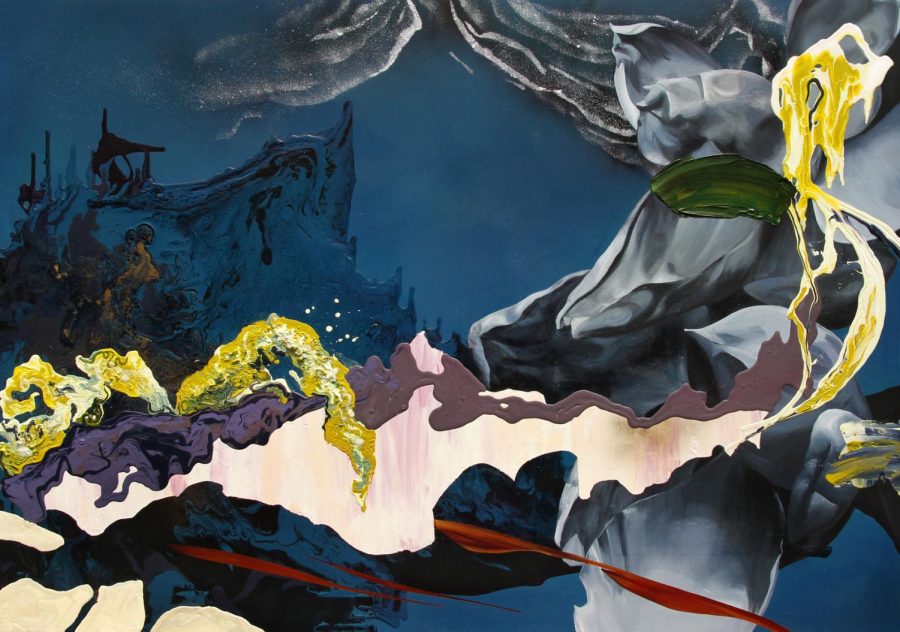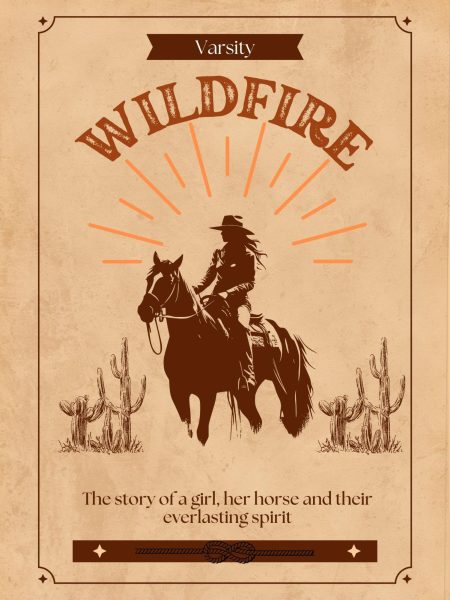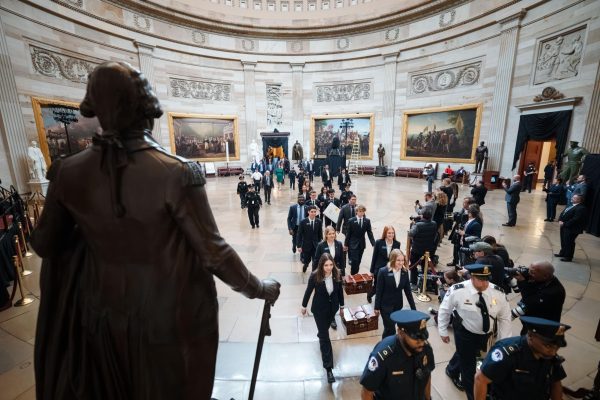Can I have a career as an artist?
Natasha Napier talks art commissions
Photo provided by natashacrea.format
Natasha Napier’s “Magnolia Mountain,” 2016.
With the competitive art field in our world today, artists are faced with slim chances of rising above and making it big. Although becoming well known is not a common occurrence, some artists can choose to create their own platforms or fan-bases in which they can pick up commissions. 2D Art and Digital Media Art teacher Natasha Napier takes art commissions along with her job as a teacher. She graduated with a fine arts degree and manages her own website for her works. Her most recent commission came through when a friend requested a painting.
“She came to me asking for a piece because she knew I was painting,” Napier said. “She was able to see my work online, and that’s kind of how we got together for a commission, so really it’s [about] contacts.”
Napier follows a regular process for her commissions after she finds a prospective buyer.
“For a commission, I usually ask them to send me pictures of what it is they’re interested in or if they have a specific idea in mind,” Napier said. “Most of the time that’s what a commission is, it’s not a work of something I’ve made, it’s something specific they want. I tell them ‘okay, send me a picture of what you like’. That way I am able to see what color schemes they like. I shoot them some pictures that way I can get a better idea of what they’re looking for, and then I’ll do something in Photoshop. [After], we’ll talk about the sizing and pricing.”
Once she has figured out all of these matters with her buyers, Napier draws a receipt and receives the first half of the payment before she begins. With this money, she buys supplies, such as paints and a canvas, and receives the latter half after the work is completed.
“This really big piece was about $1,500 because it’s huge, it takes a lot of work and time, so you have to break it down [into] supplies and how many hours you put into it,” Napier said. “I break it down into a percentage of, let’s say, a certain amount of cents per square inch. I broke it down that way because I judged the amount of time that it takes for something by the size of the work and kind of came out with an average.”
Napier learned to make her own canvases in college and uses them her artwork.
“I make my canvases from scratch, I don’t go out and buy a canvas,” Napier said. “I go to Home Depot, I buy the wood. I buy the canvas separate, I stretch it, I make it, I gesso it. There’s a lot of different ways you can make it, a lot of different processes. If I buy something at a store, the canvases aren’t very thick and supportive. I tend to have more texture and do more of a watercolor effect, so I like a different gesso that has more marble dust to it.”
Napier says that she thinks artists are very important to a community and sees this through the uses of logos in day-to-day life. In her lifetime, she has also observed the transformation of cities because of art.
“Going downtown, you can see on the highways that Houstonians are starting to cover things in color,” Napier said. “They had a whole thing where artists signed up and they got to paint. So now going downtown, rather than everything being ugly or old, artists have put color on the city and reinvented it.”
Napier has other goals beyond what she has accomplished as a teacher and an artist.
“As an artist, I want to get my art out there, which I haven’t had as much time to do because of teaching,” Napier said. “I always wanted to go to grad school, move on and be able to go into shows. It’s not even about selling, it’s just about creating because as an artist, I don’t want to stop making art. Every time I produce, I learn something; it gets better, more inventive, or more creative. My goal is to keep making and see where [my art] takes me.”
To see more of Napier’s work, visit her website at: http://natashacrea.format.com/
Your donation will support the student journalists of Cypress Woods High School. Your contribution will allow us to purchase equipment and cover our annual website hosting costs.



